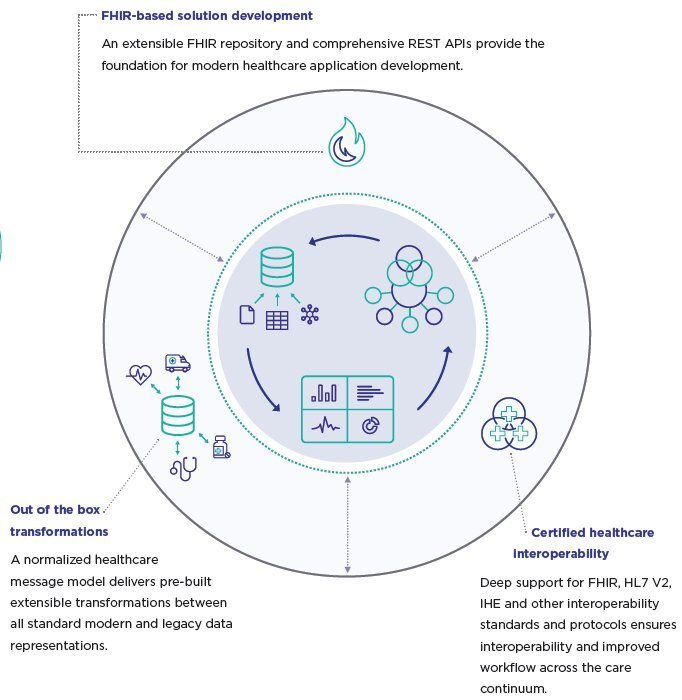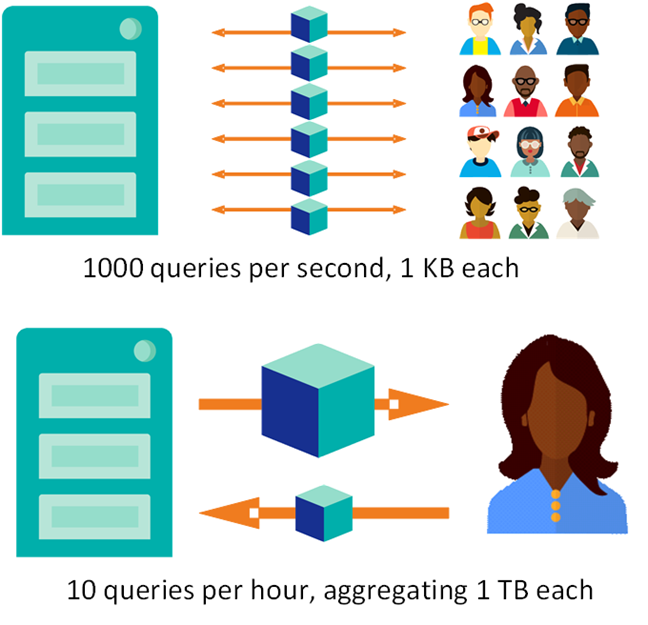Introduction
Businesses often use in-memory databases or key-value stores (caching layers) when applications require extremely high performance. However, in-memory databases incur a high total cost of ownership and have hard scalability limits, incurring reliability problems and restart delays when memory limits are exceeded. In-memory key-value stores share these limitations and introduce architectural complexity and network latency as well.
This article explains why InterSystems IRIS™ data platform is a superior alternative to in-memory databases and key-value stores for highperformance SQL and NoSQL applications.
Taking Performance and Efficiency to the Next Level
InterSystems IRIS is the only persistent database that can match or beat the performance of in-memory databases and caching layers for concurrent data ingestion and analytics processing. It can process incoming transactions, persist the data to disk, and index it for analytics in under one microsecond on commercially available hardware without introducing network latency.
The superior ingest performance of InterSystems IRIS results in part from its multi-dimensional data engine, which allows efficient and compact storage in a rich data structure. Using an efficient, multi-dimensional data model with sparse storage techniques instead of two-dimensional tables, random data access and updates are accomplished with very high performance, fewer resources and less disk capacity. It also provides in-memory, in-process APIs in addition to traditional TCP/IP access APIs to optimize ingest performance.

.png)
.png)



.png)